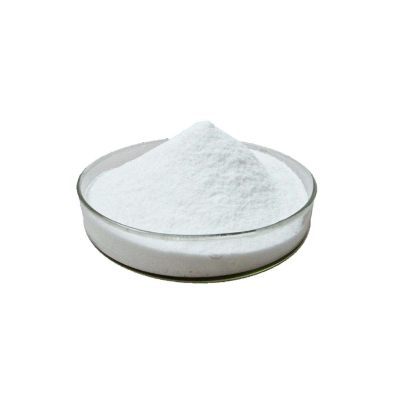-
Categories
-
Pharmaceutical Intermediates
-
Active Pharmaceutical Ingredients
-
Food Additives
- Industrial Coatings
- Agrochemicals
- Dyes and Pigments
- Surfactant
- Flavors and Fragrances
- Chemical Reagents
- Catalyst and Auxiliary
- Natural Products
- Inorganic Chemistry
-
Organic Chemistry
-
Biochemical Engineering
- Analytical Chemistry
-
Cosmetic Ingredient
- Water Treatment Chemical
-
Pharmaceutical Intermediates
Promotion
ECHEMI Mall
Wholesale
Weekly Price
Exhibition
News
-
Trade Service
UCLA researchers have taken an initial step toward identifying an effective way to detect gestational diabetes mellitus (GDM) early in pregnancy, potentially improving the diagnosis and treatment of this most common pregnancy disord.
The research was published in the peer-reviewed journal PLOS O.
Gestational diabetes can cause blood sugar levels to rise, putting the baby and mother at ri.
"As pregnancy complications continue to increase around the world, efforts are intensifying to urgently study the first trimester as a window of opportunity for early detection and prediction of GDM, as well as the best time to act to prevent maternal disea.
Identifying biomarkers of GDM early in pregnancy can help to better monitor and develop safe and timely interventions and treatments to reduce disease severity and improve the long-term health prospects of mothers and offspri.
In the current study, the researchers focused on extracellular vesicles (EVs), which are circulating "spreaders" that carry and deliver microRNA genes (miRNAs) in maternal blo.
The researchers also found that the expression of certain miRNAs was up-regulated in the first trimester of pregnancy diagnosed with GDM, further suggesting that miRNAs in the circulating EV may communicate with other maternal organs and cell types, as well as with other mechanisms involved in metabolism and inflammati.
"This is a promising first step towards finding a robust and accurate biomarker that is much better at predicting GDM in early pregnancy than a single signature," said .
The authors state that further studies are needed on the mechanistic role of circulating EVs during pregnancy, their role in pregnancy complications, and the use of EV-associated miRNAs as noninvasive predictors of pregnancy disorde.







